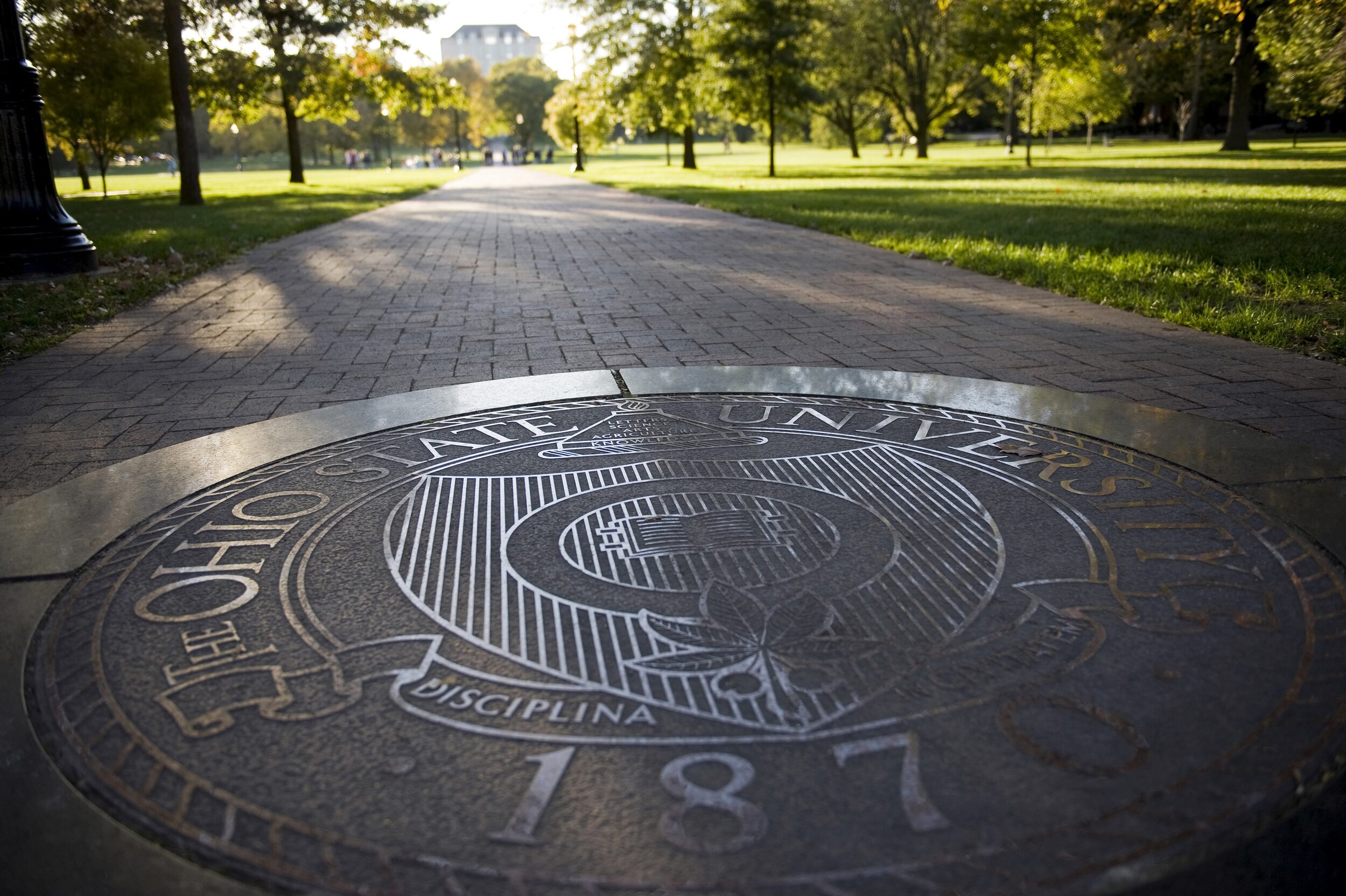
I’m a Professor of Story Science at Ohio State’s Project Narrative, the world’s leading academic think-tank for the study of how stories work.
I started out in neuroscience, working for four years in a University of Michigan Med School neurophysiology lab. I entered the lab thinking that the human brain worked like a computer: it took in data from the outside world, crunched that data into conclusions, and then acted on those conclusions. But slowly, I began to realize that I was wrong. The brain was not a computer. It was a very different kind of machine.
Unlike a computer, the brain wasn’t particularly data-driven. Or particularly logical. Instead, it was emotional. And creative. And powered by story.
To better understand how emotion, creativity, and story worked in the brain, I decided that I should study places where all three converged. Like novels, poetry, and movies. So I left the lab and went to get my PhD in Literature at Yale.
At Yale, I studied Shakespeare. He was the greatest creative in English literature, and I wanted to know: How did he invent so many original characters and story techniques? And how did he get them to work onstage? How did he go beyond raw creativity into world-changing innovation?
After Yale, I took my ideas to Stanford, where I met storymakers from Pixar. I saw that they were using many of the same techniques that Shakespeare had used to innovate story. Techniques that had also been used by Steve Jobs, one of the founders of Pixar, to innovate Apple. And I realized that the same processes that generated creative storytelling could also generate creative technology. All innovation came from the same neural root.
From then on, I dedicated my research to studying creatives in every field, from art to science to business to politics. I watched them work. I worked with them, adopting their creative methods. In Hollywood, I wrote screenplays for major networks and studios. In Silicon Valley, I designed next-gen AI. And then I took what I had observed in the field back to my lab. And I designed experiments for pushing deeper into the brain’s powers of imagination.
In 2021, I published my book Wonderworks, laying out how generations of authors had innovated literature with breakthroughs that can help the human brain process grief, recover from trauma, increase joy, stimulate creativity, and provide dozens of other neural benefits.
I’ve also become known for my recent proof that computer AI lacks the physical hardware to replicate human creativity. Even a sentient, self-aware, and infinitely powerful computer could never innovate—or plan to take over the world. Trust me. The only threat to the future is us.
My current research teases out the brain secrets of how history’s greatest creative thinkers—from da Vinci to Einstein to Maya Angelou—worked their imaginative magic. To try to get a little more of that magic in all of our lives.
I’m also lucky to be partnering in creative projects to write new books of bedtime stories for children across the Arab world; to engineer AI that’s smart enough to know when it’s dumb; and to empower our military to solve the problem of war by imagining solutions to conflicts before they arise.